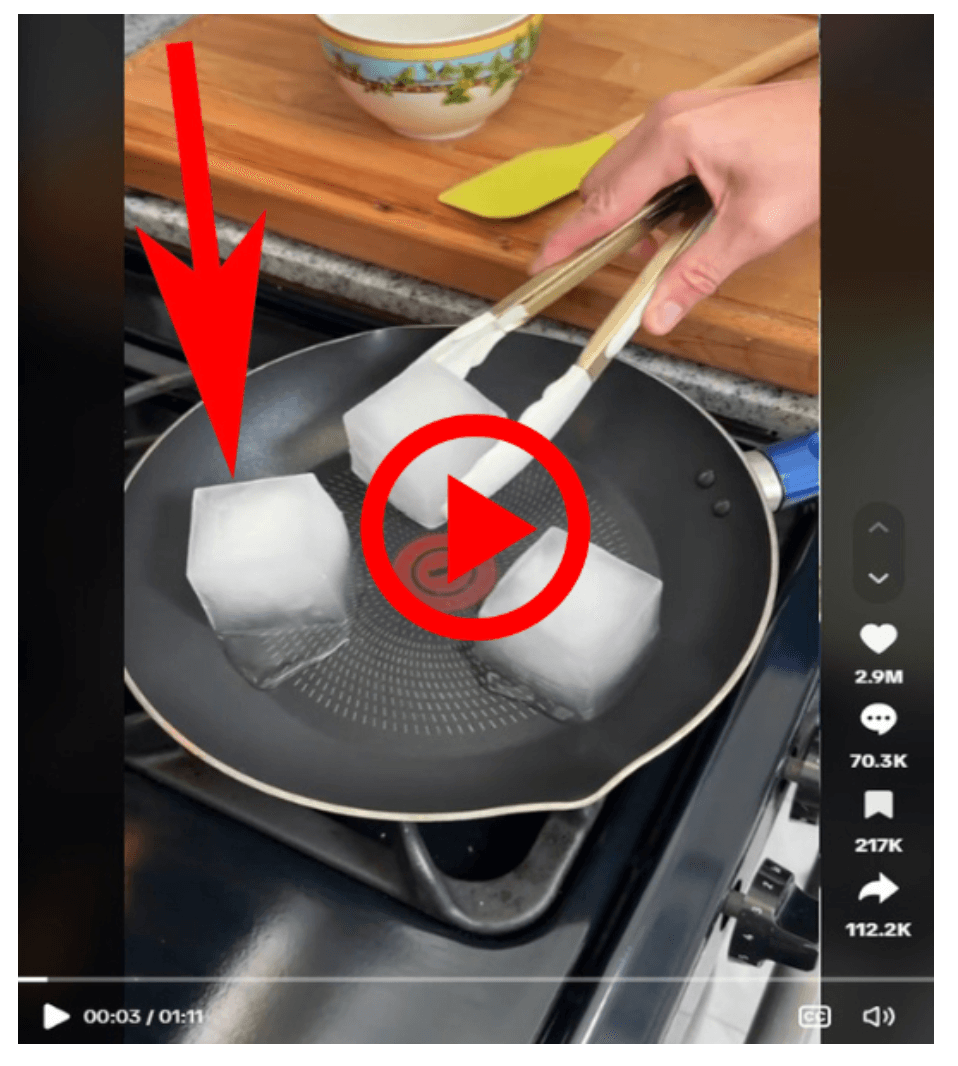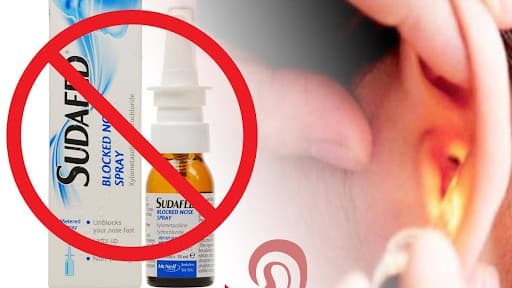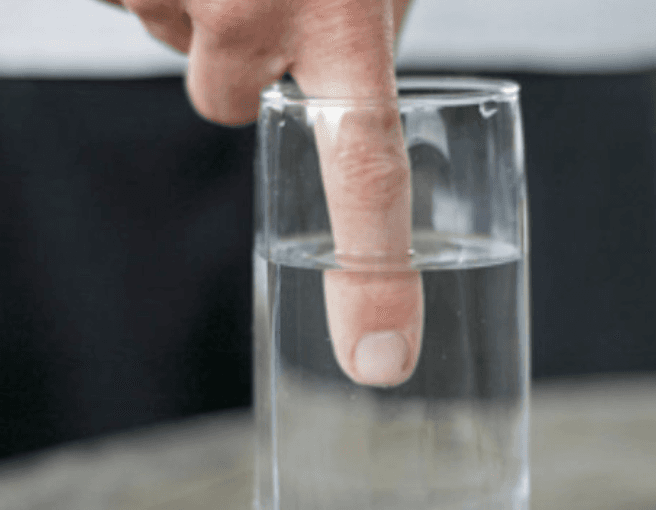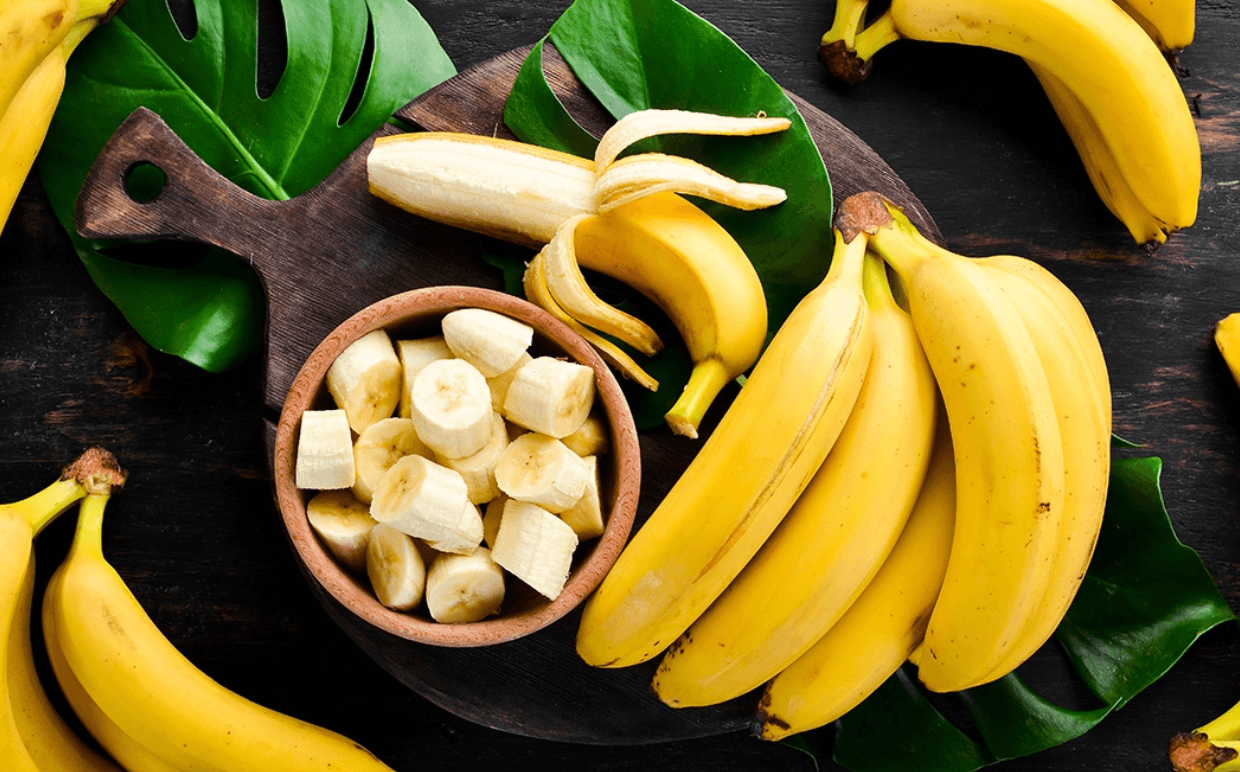Homemade Recipe for Whiter Teeth and Tartar Prevention (INFALLIBLE)
Before diving into an effective homemade recipe for whiter teeth, it's essential to understand what tartar is and why it can be problematic.
Tartar is a dental biofilm or a bacterial "fortress" formed primarily on teeth. This layer acts as a sanctuary for bacteria, protecting them from the immune system and possibly even antibiotics. Predominantly composed of algae-like films, our mouths always contain some biofilm due to saliva.
Excessive tartar leads to a host of issues, such as bad breath, gum inflammation, and potential cavities. These conditions arise because tartar builds an environment conducive to harmful bacteria that damage the enamel and irritate gums, a precursor to more severe diseases like gingivitis and periodontitis.
Maintaining an ideal oral pH is crucial for preventing tartar buildup. Our mouth's pH should be at a neutral or slightly alkaline level.
Sugar is one of the main offenders, facilitating an acidic environment. Bacteria feast on sugar, producing lactic acid which drops pH levels, stripping calcium from our teeth—a process known as decalcification.
However, our bodies are equipped with their own buffering systems. Saliva naturally produces sodium bicarbonate to neutralize excess acids, an example of internal pH regulation.
Armed with the knowledge of pH and tartar risks, let's explore an easy yet effective home recipe that helps in tartar management and tooth whitening.
The recipe focuses on two inexpensive and commonly available ingredients: Sodium Bicarbonate and Hydrogen Peroxide.
Often found in households, this white powder enhances pH levels and breaks down biofilms—poor shelter for bacteria. Its slightly abrasive quality helps cleansability.
Creating and applying this solution is simple:
Ingredients:
- 1/4 teaspoon of sodium bicarbonate
- 1/4 teaspoon of 3% hydrogen peroxide
1. Mix sodium bicarbonate in half a glass of water until dissolved. 2. Add hydrogen peroxide; stir until integrated. 3. Post-brushing, gently brush with this mix. 4. Spit out and rinse with water after brushing.
Consistency is key in home remedies. Beyond using this solution, incorporate the following habits for best results:
- Brush using a soft-bristle toothbrush at least thrice daily.
- Opt for a diet low in sugar and starchy items.
- Integrate brushing, flossing, and mouthwash into daily routine.
- Drink plenty of water to foster natural rinsing.
Always consult a dental professional if in doubt, particularly for unique conditions such as existing sensitivity or dental restorations.
Implementing these routines may not yield instantaneous changes, but persistence will gradually display whiter teeth coupled with less tartar. Remember, oral health vastly contributes to your overall well-being, making these endeavors essential.
Remind yourself: "Healthy teeth are life-long treasures," celebrating both successes achieved and challenges surmounted in oral care.
From Around The Web
Wellness Inbox is a blog & weekly newsletter that curates trending news and products related to health and wellness from around the web. We also gather content from various sources, including leading health professionals, and deliver it directly to you.
Please note that we may receive compensation if you purchase any products featured in our newsletter. Wellness Inbox is not affiliated with, nor does it endorse, any health professionals whose content may appear in our newsletter. The information provided is for general informational purposes only and should not be considered medical advice.
The information provided is not intended to replace professional medical advice, diagnosis, or treatment. All content, including text, graphics, images, and information available is for general informational purposes only. We do not guarantee the accuracy or completeness of any information presented and assume no liability for any errors or omissions. The content is subject to change without notice. We encourage you to verify any information with other reliable sources and consult your physician regarding any medical conditions or treatments.







